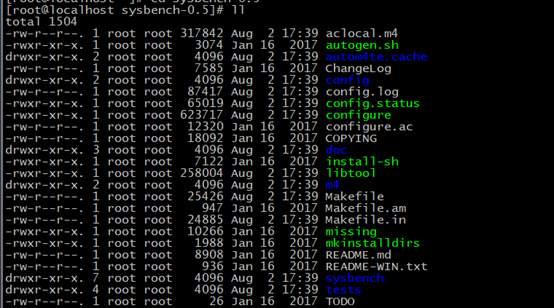

- Yum groupinstall mysql database server install#
- Yum groupinstall mysql database server zip file#
- Yum groupinstall mysql database server code#
- Yum groupinstall mysql database server password#
Backup Your Current Bugzilla 3.0 Database
Yum groupinstall mysql database server install#
I tried to arrange all of these in an order that will work, but if you have to install the bugzilla folder first and continually re-run. script over and over throughout the process to check myself and figure out what needed to occur next. I know that I had to periodically go back the the. You may find that some of these instructions may need to be run in a slightly different order, but this is a pretty complete account of what it took to get this going on the new server. Since I was already writing these down as I went, I thought that I would share these instructions with the greater Linux community.
Yum groupinstall mysql database server zip file#
Import the data to MySql after extracting the zip file :mysqlsampledatabase.I recently did a migration from Bugzilla 3.0 running on one server to Bugzilla 4.0 running on a new server. Test Database : I downloaded a sample MySQL database from Source: We can change the timezone either in MySql or configuration file /etc/mysql/my.cnfįor a Day to day purpose, you can use Dbeaver community edition which is one of the best tool available to interact with all SQL/NoSQL Databases.

Yum groupinstall mysql database server code#
You can install additional packages like My shell too which provides an interactive code execution mode, where you type code at the MySQL Shell prompt and each entered statement is processed, with the result of the processing printed onscreen: sudo yum install mysql-shell Setting the MySQL Timezone this command collects the info and repsonds back to the screen. MySql server is shipped with a client mysqladmin to run the administration Verify the installation by folowing as below. New password: XXXXXXXX Verify the MySQL server Installation
Yum groupinstall mysql database server password#
It asks us to change it to the more Output The existing password for the user account root has expired. provide the default password that we got from mysql log. This prompt us for a default root password. Use this command to run the security script. MySQL comes up with a security script to change some of the default settings. Locate it in the mysqld.log with this command: Setting the Credentials to the MySQL server The installation also creates a user named mysql and a group named mysql on the system.Īfter the installation process, a temporary password is generated for the MySQL root user. Miscellaneous support files (for example, error messages, and character set files) Files or Resourcesįor RHEL, Oracle Linux, CentOS or Fedora platforms: /var/log/mysqld.logFor SLES: /var/log/mysql/mysqld.logįor RHEL, Oracle Linux, CentOS or Fedora platforms: /etc/init.d/mysqldFor SLES: /etc/init.d/mysqlįor RHEL, Oracle Linux, CentOS or Fedora platforms: mysqldFor SLES: mysql systemctl status mysqldĪt the initial start up of the server, ideally the data directory of the server is empty and therefore an SSL certificate and key files are generated in the data directory.īelow are some of the important files/locations and their importance. Verify the status of the mqsqld daemon by running below command. For Red Hat Enterprise Linux, Oracle Linux, CentOS, and Fedora systems, use the following command to start MySQL: systemctl start mysqld MySQL is NOT automatically started at the end of the installation process. The source code RPM looks similar to mysql-community-8.0., depending on selected OSĤ. Shared compatibility libraries for previous MySQL installations Shared libraries for MySQL database client applications


MySQL server as an embedded library with compatibility for applications using version 18 of the library Install the rpm packages in order : client, common-libs, common,devel, server using command : rpm -ivh īelow are the list of RPM packages of MySql community edition ( reference: ) Package NameĬommon files for server and client librariesĭevelopment header files and libraries for MySQL database client applications Extract the contents of the downloaded rpm bundle.


 0 kommentar(er)
0 kommentar(er)
